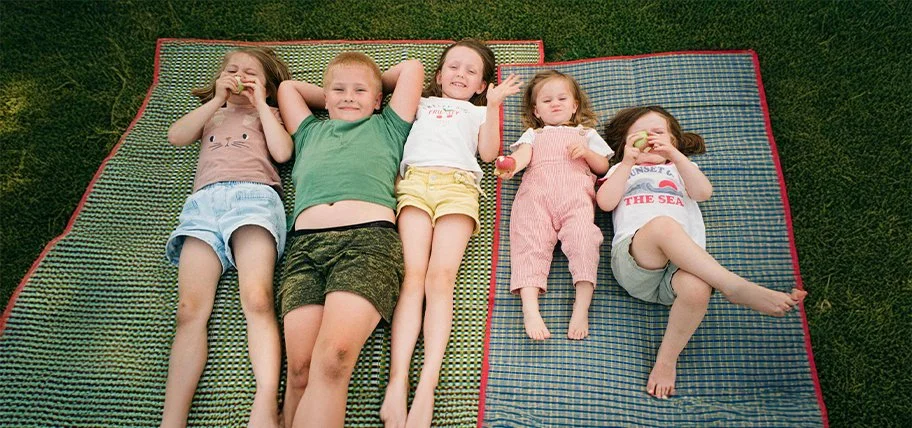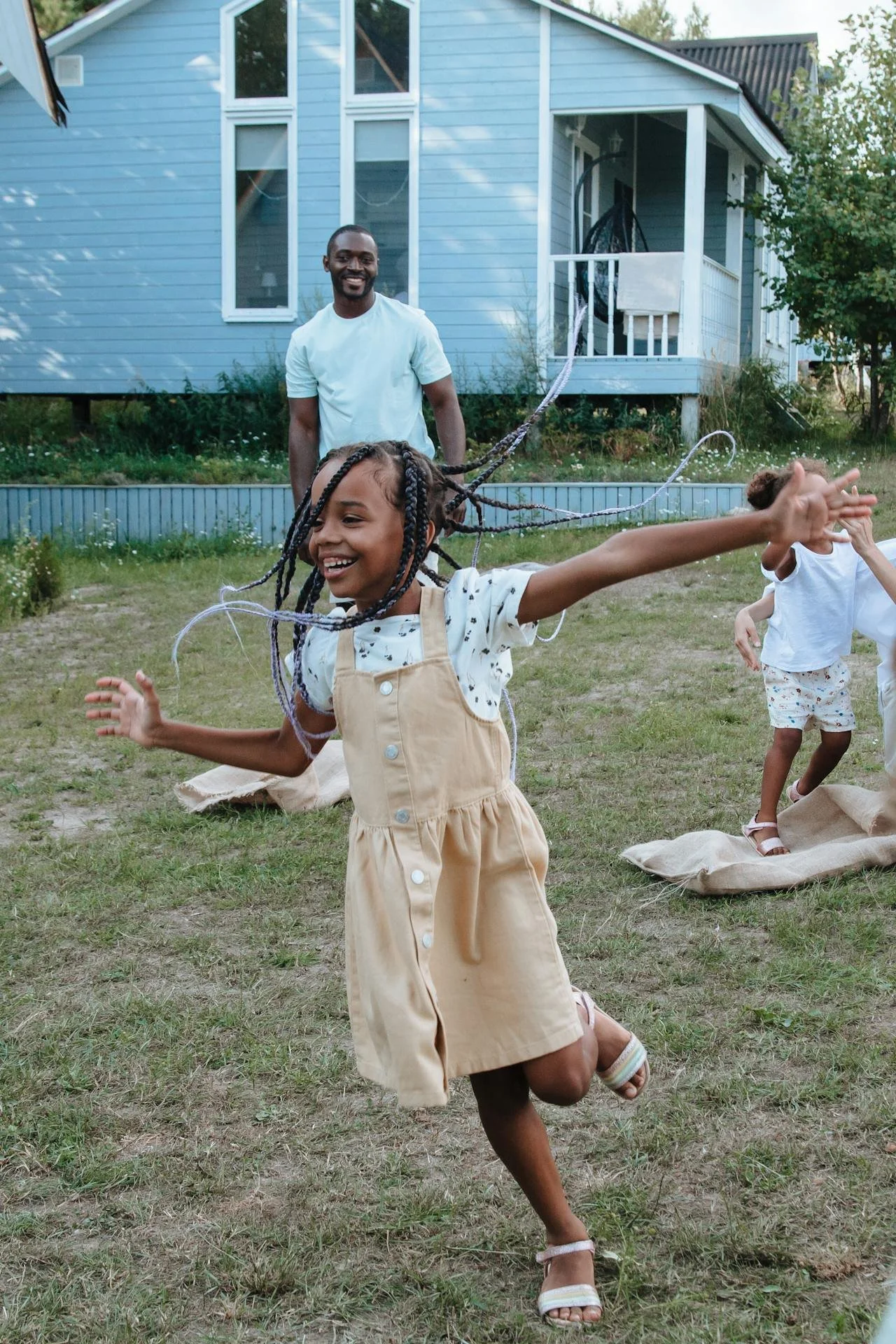Learning Like We Used To: From Routines to Rhythms
“Consistency breeds predictability. Predictability provides security.”
— Peck and Stamper, The Language of Behavior
The school year just ended, and somewhere between the half-finished lunchboxes and the endless pile of end-of-year paperwork, you thought: “Phew. We made it.”
But then… comes the next question: Now what?
What do we do with our kids for the next two months? Should we download summer learning packets? Make a Pinterest board titled “Fun & Educational Summer Activities!!!”? (And yes, it always has three exclamation points.)
You might even be tempted to build a color-coded daily schedule that includes things like “Silent Reading,” “STEM Hour,” and “Character-Building Snack Time.” (Bless your heart if you've already laminated it.)
But before you invest in dry-erase markers or lose sleep over screen-time charts, let’s pause and ask a simple question:
How did children learn before school systems existed?
The answer: They learned by being in the world. Alongside their grown-ups. Through stories, movement, play, curiosity, and rhythm. Not rigid routines. Rhythm.
Difference Between Routine and Rhythm
A routine sounds like:
9:00 AM – Math Worksheets
10:00 AM – Science Experiment
11:00 AM – Mom loses her mind
A rhythm feels more like:
Mornings = Movement
Afternoons = Creativity & Rest
Evenings = Family time & Connection
See the shift? Routines are driven by clocks and to-do lists. Rhythms are guided by your family’s natural energy and flow.
Rhythms are soft. Flexible. They leave space for… well, life. And after nine months of being told what to do, when to do it, and how long it should take, your kids (and let’s be real, you) deserve a gentler pace.
Kids still need structure. But not the kind that looks like school in disguise.
They need a sense of what comes next. They crave consistency—but not rigidity. That’s where rhythm comes in.
It provides predictability without pressure.
It creates anchors in your day, not alarms.
It invites your child to participate in the flow, rather than resist it.
It also allows space for the magic moments: The spontaneous mud kitchen in the backyard. The bug your child decides to name and observe for an hour. The impromptu dance party in the kitchen.
Spoiler alert: That’s learning. All of it.
You don’t need a chart or a bullet journal (unless you want one, of course). All you need are three anchor points in your day.
These aren’t assignments. They’re invitations. And if you miss one? No one’s getting detention. You just try again tomorrow.
Want to keep it simple? Write your Daily Big 3 on a sticky note and put it on the fridge. Or better—let your kids help make it with you. They’ll take ownership when they’re part of the process.
Because learning doesn’t end when school does. But it also doesn’t have to look like school to count.
Kids don’t need more worksheets. They need more wonder. They need adults who slow down enough to be present. They need freedom to explore, space to be bored, and time to play.
When you build your day around connection, curiosity, movement, and creativity, you’re doing more than “keeping them busy.”
You’re feeding their development. You're honoring how they were designed to learn.





